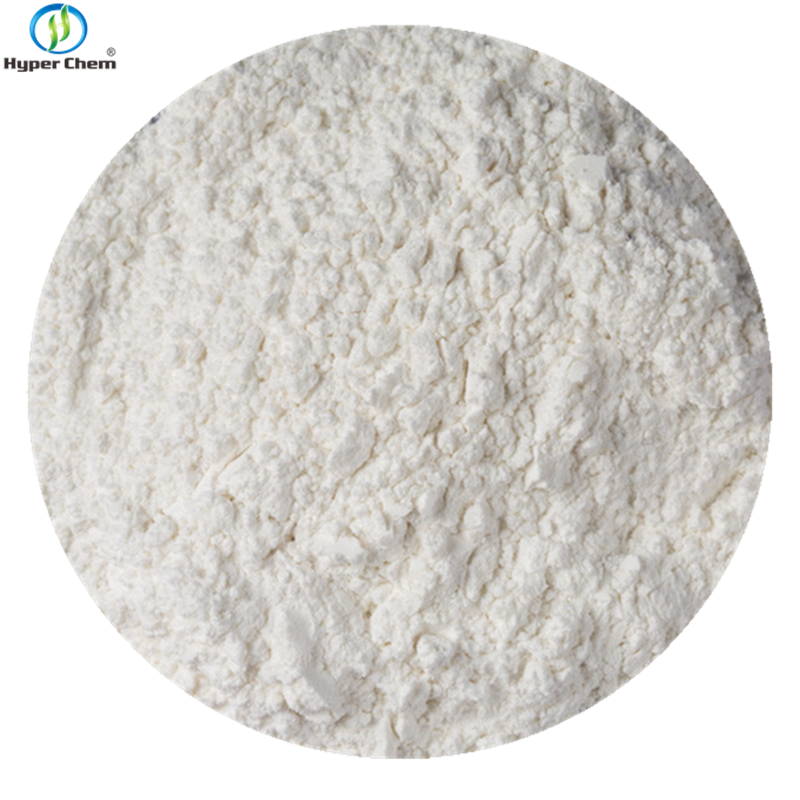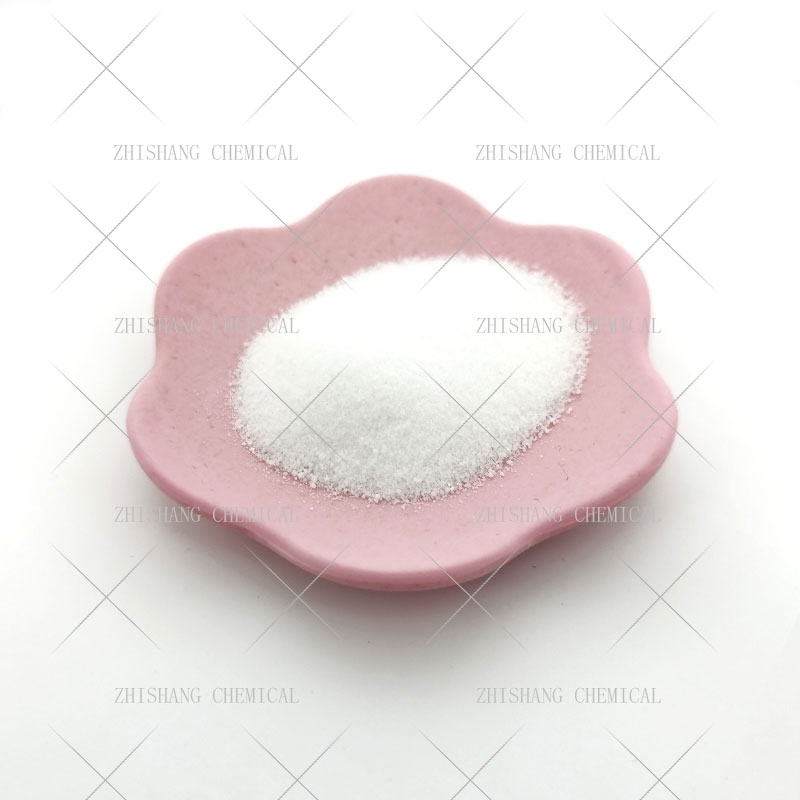-
Categories
-
Pharmaceutical Intermediates
-
Active Pharmaceutical Ingredients
-
Food Additives
- Industrial Coatings
- Agrochemicals
- Dyes and Pigments
- Surfactant
- Flavors and Fragrances
- Chemical Reagents
- Catalyst and Auxiliary
- Natural Products
- Inorganic Chemistry
-
Organic Chemistry
-
Biochemical Engineering
- Analytical Chemistry
-
Cosmetic Ingredient
- Water Treatment Chemical
-
Pharmaceutical Intermediates
Promotion
ECHEMI Mall
Wholesale
Weekly Price
Exhibition
News
-
Trade Service
Benign prostatic hyperplasia (BPH) is an age-related progressive disease usually accompanied by bladder outflow tract obstruction and lower urinary tract symptoms (LUTS
).
Many minimally invasive surgical therapies (MIS) have been developed to treat LUTS caused by BPH
.
In order to meet the requirements of rapid and lasting symptom relief, the incidence of adverse events and the low requirements of (outpatient) surgical anesthesia, a research team has developed an implantable, nickel-titanium urethral stent, the results of which were recently published in the journal Prostate Cancer Prostatic Dis
.
This EXPANDER-1 trial was designed to verify the safety and feasibility of the UrocrossTM dilation system (formerly known as: XFLO dilation system) in the treatment of patients with LUTS caused by BPH
.
TheUrocrossTM dilation system is used in conjunction with a soft cystoscope to implant a stent in the urethra that is compressed by an enlarged prostate for 1 to 12 months.
The EXPANDER-1 trial was a prospective, non-randomized, tri-armed, multicenter, and open-label clinical trial in which male patients met the following criteria: age≥ 50 years; The volume of the prostate gland is 30 to 80 cc; The length of the prostate part of the urethra is 20 to 60/80 mm; International Prostate Symptom Score (IPSS)>13; Maximum Urinary Flow Rate (Qmax)< 12 mL/s; Residual urine output (PVR)< 250 mL; Quality of Life (QoL) score ≥3<b10>.
Patients were pre-assigned stent retention time (1, 6, and 12 months for Arm-1, Arm-2, and Arm-3) and followed up for 6 months (Arm-1) or 3 years (Arm-2 and Arm-3)
after stent removal.
Long-term follow-up data are still being collected and are currently reporting the results of treated patients at 6 months of
follow-up.
As of May 2021, a total of 39 patients (mean age 65 years) have successfully implanted stents, of which 22 have successfully retrieved stents without any complications or serious adverse events (SAE), and no scaffold crustation has been observed
.
Three patients developed medical device-related SAEs of predominant to moderate severity, with only 1 patient requiring an indwelling urinary canal for > 3 days
after implantation.
Table 1 Patient safety outcomes graded by Clavien-Dindo complications
Overall, clinical parameters and sexual function such as IPSS, QoL, PVR, Qmax, etc.
were improved
in patients treated with the UrocrossTM dilation system.
Table 2 Patient IPSS results
Preliminary results suggest that the UrocrossTM dilation system is a safe and viable BPH/LUTS treatment, and the significant improvement in efficacy indicators such as IPSS further validates the rationality of this prostate-urethral-dilation (PURE) procedure, which may overcome the drawbacks of early implantable urethral stents (e.
g.
, biocompatibility, displacement, and crustation).
References:
Woo HH, Huang CP, Huang WJ, et al.
The EXPANDER-1 trial: introduction of the novel Urocross™ Expander System for treatment of lower urinary tract symptoms (LUTS) secondary to benign prostatic hyperplasia (BPH).
Prostate Cancer Prostatic Dis.
2022 Sep; 25(3):576-582.
Editor: Wang Mumu
Reviewer: LR
Execution: LR







